MODEL COURSE
Morioka Hachimangu Shrine
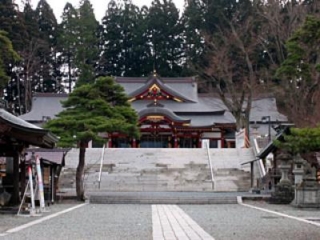
Morioka Hachimangu Shrine was built in 1680 by the 29th Lord Shigenobu Nanbu. The deity enshrined at Morioka Hachimangu Shrine is Shinada Wake no Mikoto (15th Emperor Ojin), who has been revered by local people since ancient times as the god of the roots of human life such as agriculture, industry, commerce, learning, food, clothing, and shelter. have been collected. Due to disasters such as the Great Morioka Fire in 1884 and damage from wind and snow over many years, the shrine building has been repeatedly rebuilt, and the current shrine building was rebuilt in December 1997. The vermilion-painted main shrine building with its colorful carvings exudes an imposing atmosphere as the new ``face of Morioka.'' As the largest shrine in the prefecture, and as a place of worship and celebrations that are rooted in people's lives, it is still crowded with visitors throughout the year.
Detailed Destination Information16 Arhats
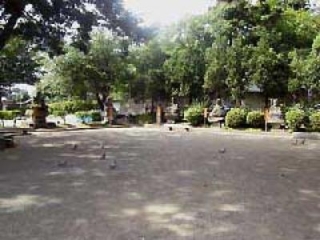
The 21 stone statues that remain on the grounds of Souryuji Temple were built to commemorate the victims of the famine that occurred during the Nanbu domain era. It was started in 1837 and completed in 1849, thirteen years later. It took over half a year just to transport the rock from the neighboring town of Yahaba, where it was cut, to this location. In addition, the statues were carved by craftsmen employed by the domain, and stone statues made by local stonemasons are rare in Japan.
Detailed Destination InformationDaijiji Temple
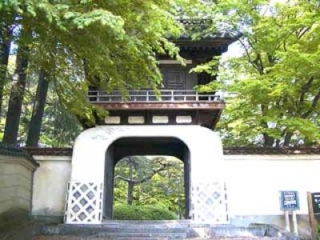
Daijiji Temple, also known as Hara Takashi's family temple, was built in 1673 with a rare Chinese-style temple gate. The hall was destroyed in a fire in 1899, but the Sanmon gate and the warehouse were rebuilt thanks to Takashi Hara's generosity.
Detailed Destination InformationSeiryusui (spring water)
Kizuya main store
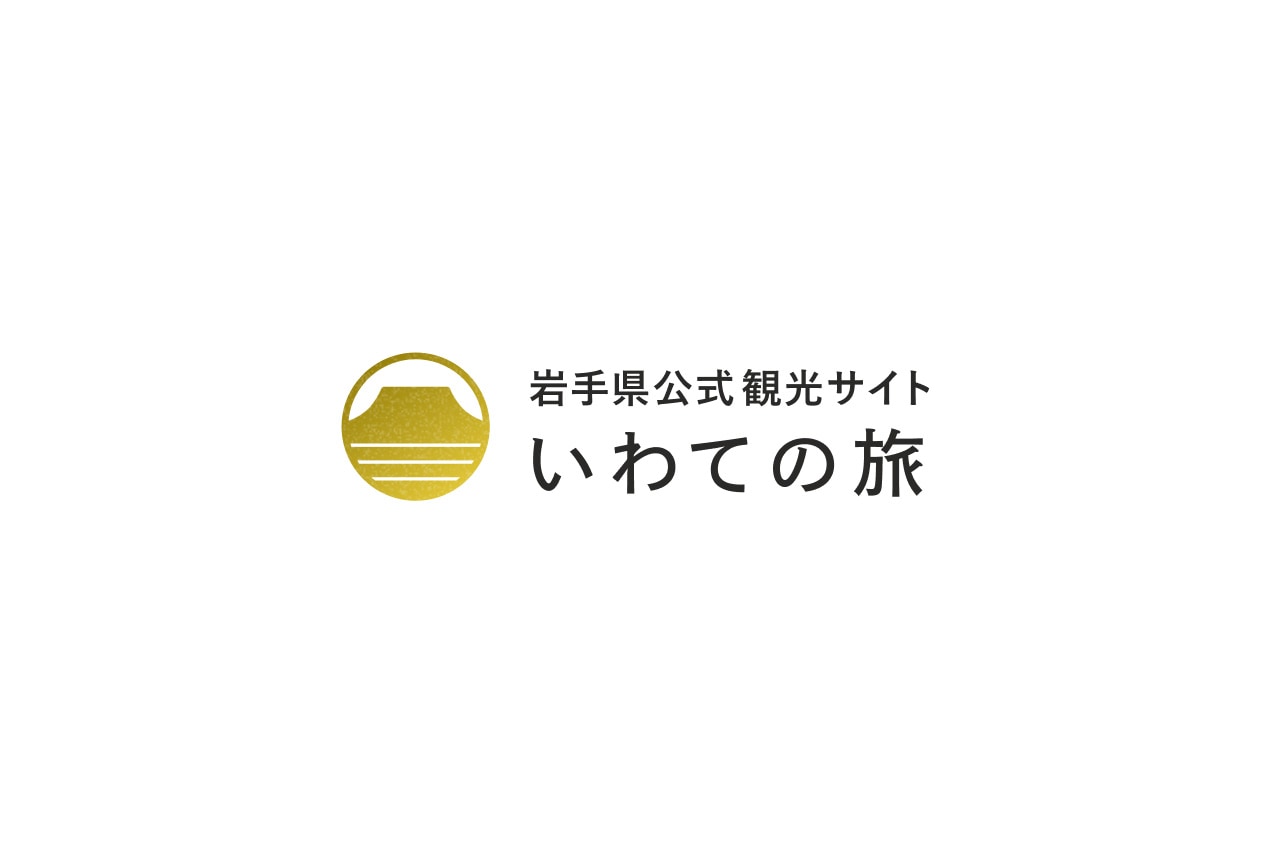
A wealthy merchant family during the feudal period. Located in Somon, the gateway to the castle town of Morioka, it retains its original appearance and has a quaint earthen storehouse structure with fire prevention in mind. It was designated as a cultural property by Iwate Prefecture in 1981.
Detailed Destination InformationEnkoji Temple

The family temple of Mitsumasa Yonai, the prime minister from Morioka. Founded during the Kanbun era (1661-1672). There is a neck mound that tells the legend of a lotus who stole the head of his executed father and offered it as a memorial service. It has been designated as a city-designated preservation building.
Detailed Destination Informationmorioka machiya
Daiji Shimizu
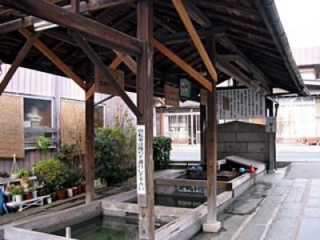
Gidaji Temple and Daiji Temple are the water sources. It is made of a box shaped like a hinadan, and from the top it is filled with drinking water, rice polishing, washing water, and foot washing. It is still used by many people as daily water.
Detailed Destination InformationMorioka Machiya Story Museum
Morioka Machiya Monogatari Museum opened in July 2014 with the concept of ``encountering nostalgic bustle.''
As a lively and nostalgic place for relaxation that is easy for everyone to use, it also serves as a local information center and a place to disseminate information on local culture.
As a new regional core facility, we are working together with the citizens to operate it.
In addition, we will take advantage of the five functions of this facility: ``interact,'' ``see,'' ``experience,'' ``eat,'' and ``buy.''
We aim to preserve and disseminate not only the charm of our facilities, but also the many fascinating lifestyle cultures of the Katayacho area as resources.
Asakai Co., Ltd.
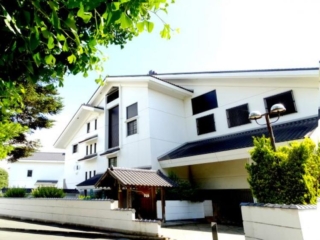
You can see the process of making delicious local sake, which is unique to Morioka, a city with clean water, and learn about sake making. A guide will be available for tours of the facility, including the brewery (Showa Asahigura), product factory, and local sake product center.
Detailed Destination Information
![[Morioka Hometown Guide] Course B](https://iwatetabi.jp/wp/wp-content/uploads/2024/03/2271.jpg)
![[Morioka Hometown Guide] Course A](https://iwatetabi.jp/wp/wp-content/uploads/2024/03/2968-360x240.jpg)
![[Morioka Hometown Guide] E course](https://iwatetabi.jp/wp/wp-content/uploads/2024/03/2030-320x240.jpg)
![[Taxi plan] Hachimantai, Lake Towada course](https://iwatetabi.jp/wp/wp-content/uploads/2024/03/85-320x240.jpg)